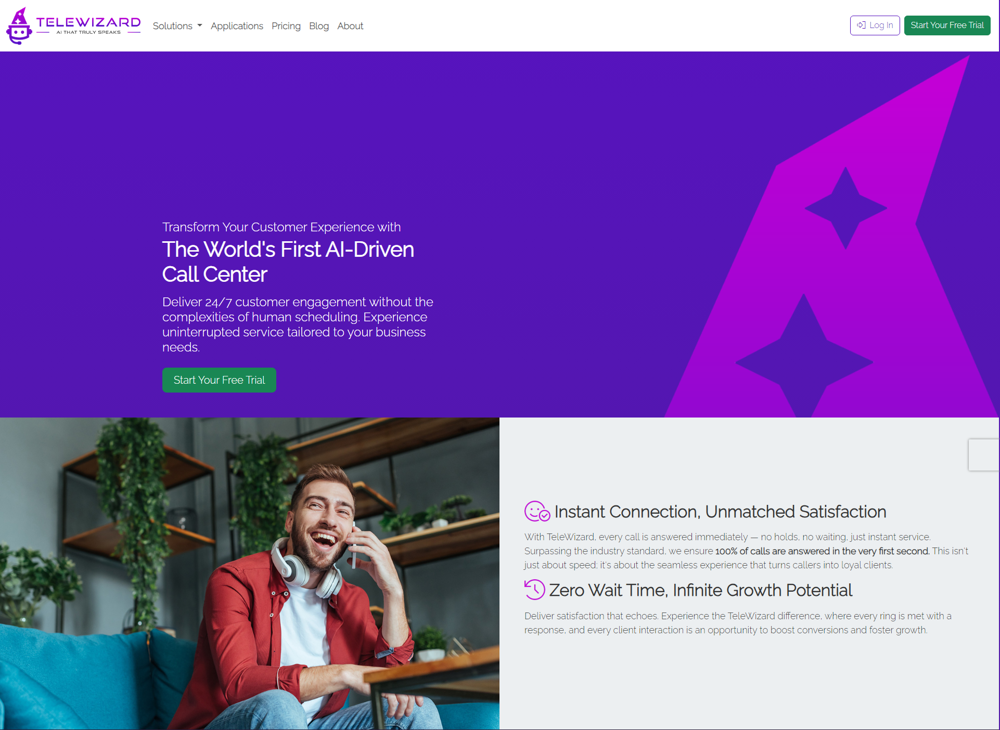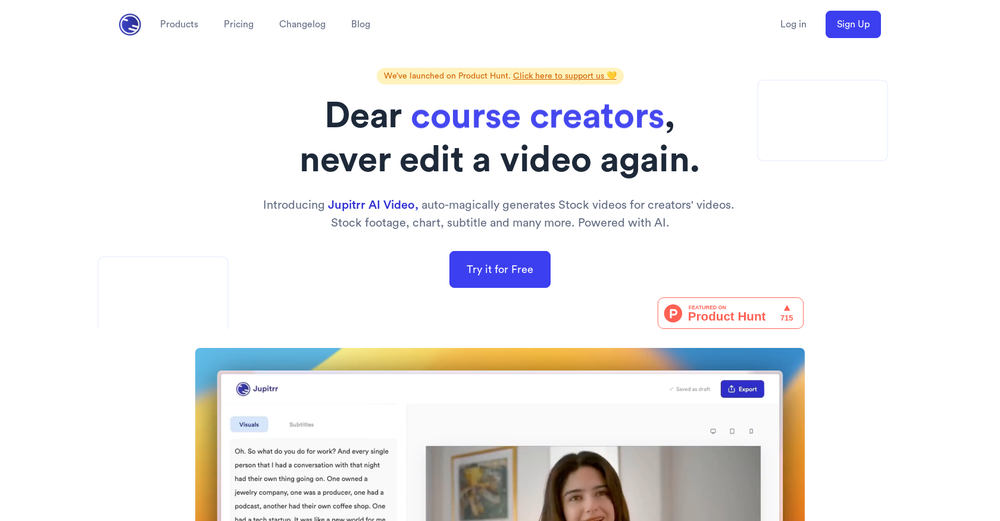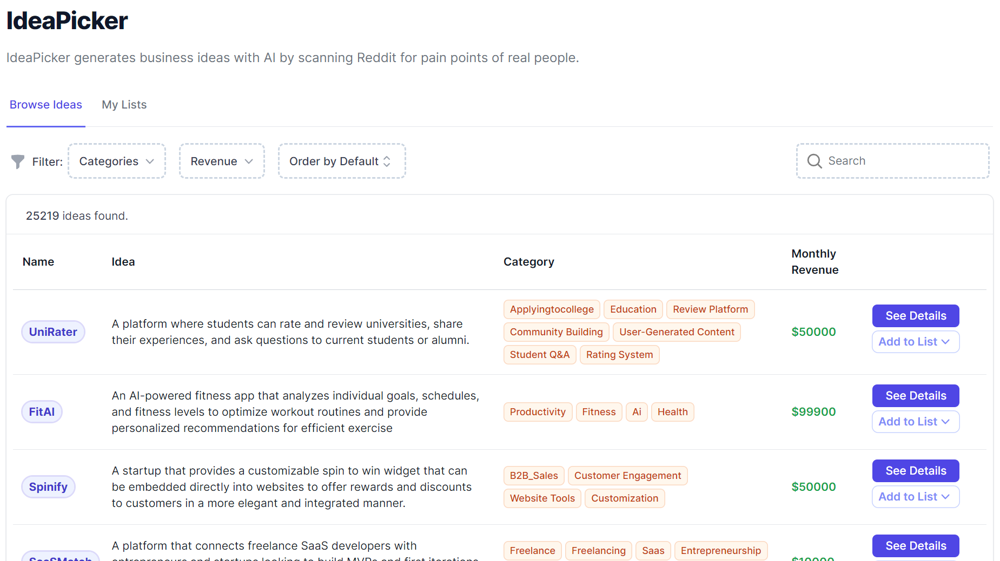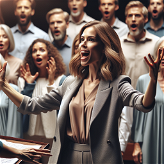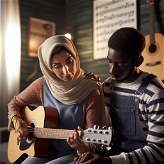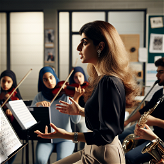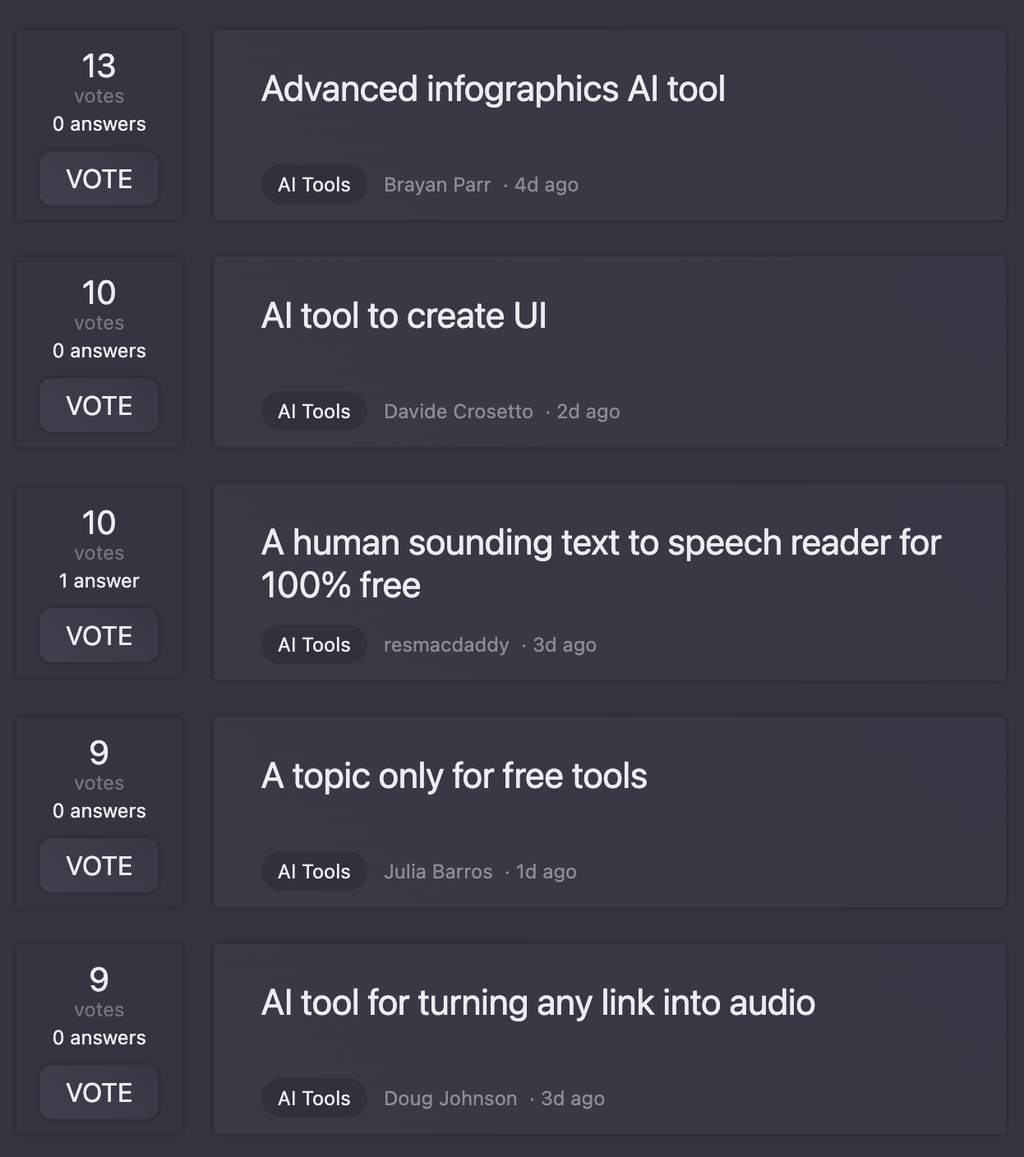What is MuseNet?
MuseNet is a deep neural network developed by OpenAI that generates musical compositions. It can create compositions up to four minutes long and can manipulate up to ten different instruments. The AI was not specifically programmed with our understanding of music, but rather, it learned patterns of harmony, rhythm, and style by predicting the next token in a vast amount of MIDI files.
How does MuseNet generate music?
MuseNet generates music by learning from a large dataset of MIDI files and then predicting sequences of music. During the generation process, MuseNet considers every combination of notes sounding at one time as an individual 'chord' and assigns a token to each chord. It also uses composer and instrumentation tokens to help guide the kind of music that it generates.
What is the technology behind MuseNet's music generation?
MuseNet is built on the same general-purpose unsupervised technology as GPT-2. This technology is a large-scale transformer model trained to predict sequences in both audio and text. MuseNet learns patterns of harmony, rhythm, and style by being trained to predict the next token in MIDI files.
How does MuseNet use the concept of chordwise encoding?
In MuseNet, the concept of chordwise encoding involves considering every combination of notes sounding at one time as an individual 'chord' and then assigning a token to each chord. These tokens, along with the pitch, volume, and instrument information combined into a single token, are used by MuseNet to predict the upcoming note given a set of notes.
What are the composer and instrumentation tokens?
The composer and instrumentation tokens in MuseNet are used to guide the type of music that is generated by the AI. During the training process, these tokens were prepended to each sample, so that the model could use this information when making note predictions. The use of these tokens allows users to have more control over the style of music that is created.
Where did the training data for MuseNet come from?
The training data for MuseNet was collected from many different sources including Classical Archives, BitMidi, and other collections found online across various genres. They also used the MAESTRO dataset in the training process.
What genres or musical styles can MuseNet blend together?
MuseNet can blend various musical styles, from classical styles like Mozart to modern pop styles like those of the Beatles, as well as country music. Therefore, it can handle a wide range of genres and can blend them in interesting and creative ways.
What is the maximum duration of musical composition that MuseNet can generate?
MuseNet can generate a musical composition that is up to four minutes long.
Can I control the types of music samples that MuseNet creates?
Yes, you can control the type of music samples that MuseNet creates. With composer and instrumentation tokens, you have control over the style and the instruments used in the music sample generated by MuseNet.
Does MuseNet have any limitations?
Yes, MuseNet does have limitations. While it can generate a wide range of music styles and handle multiple instruments, it may struggle with unusual pairings of styles and instruments. For instance, creating music in the style of Chopin with bass and drums might be more challenging for the model.
Is there a difference in music generation between MuseNet's 'simple' and 'advanced' modes?
Yes, there is a difference between the 'simple' and 'advanced' modes in MuseNet's music generation. In the 'simple' mode, users can explore the variety of musical styles that the model can create by generating random, pre-determined samples. The 'advanced' mode, on the other hand, allows users to directly interact with the model, which leads to the creation of entirely new musical compositions.
What is the connection between MuseNet and GPT-2?
MuseNet and GPT-2 are both developed by OpenAI and share the same general-purpose unsupervised technology. This technology is a large-scale transformer model that is trained to predict sequences, whether audio or text. This trait makes it applicable in both text and music generation, hence the connection between the two.
How does MuseNet handle unusual pairings of styles and instruments?
MuseNet may have a more difficult time with unusual pairings of styles and instruments, for example, Chopin with bass and drums. The music generations will be more natural if inputs that align with a composer or a band’s usual style are chosen.
How does MuseNet remember the long-term structure in a piece?
MuseNet remembers the long-term structure in a piece by leveraging the optimized kernels of Sparse Transformer to train a 72-layer network. This allows full attention over a context of 4096 tokens. The long context is likely one reason why it is able to remember long-term structure in a piece of music.
What methods does MuseNet use to mark the passage of time in music?
MuseNet marks the passage of time in music using tokens that are scaled according to the piece’s tempo, or tokens that mark absolute time in seconds. These methods allow MuseNet to account for temporal features essential in music generation.
Does MuseNet use any additional embeddings to provide structural context?
Yes, MuseNet does use additional embeddings to provide structural context. It uses a learned embedding that tracks the passage of time in a given sample, an embedding for each note in a chord, and two structural embeddings indicating where a given musical sample is within the larger musical piece.
What kind of patterns does MuseNet learn from MIDI files?
From MIDI files, MuseNet learns patterns of harmony, rhythm, and style. The model is not explicitly programmed with our understanding of music, but rather it discovers these patterns by learning to predict the next token in a multitude of MIDI files.
Can MuseNet manipulate the sounds of different instruments?
Yes, MuseNet can manipulate the sounds of different instruments. The model can handle up to ten different instruments at a time and blend the sounds in a harmonious manner.
Can I use MuseNet to generate music in the style of a specific composer?
Yes, you can use MuseNet to generate music in the style of a specific composer. By using the composer tokens during the generation process, you can guide the model to create music that imitates the style of the chosen composer.
How does the transformer model contribute to MuseNet's capabilities?
The transformer model is integral to MuseNet's capabilities as it is trained to predict sequences in both audio and text. This ability enables it to learn from a vast amount of MIDI files and derive patterns of harmony, rhythm, and style. Furthermore, the transformer model also uses an encoding to combine pitch, volume, and instrument information into a single token, which enhances its capacity to generate comprehensive musical compositions.
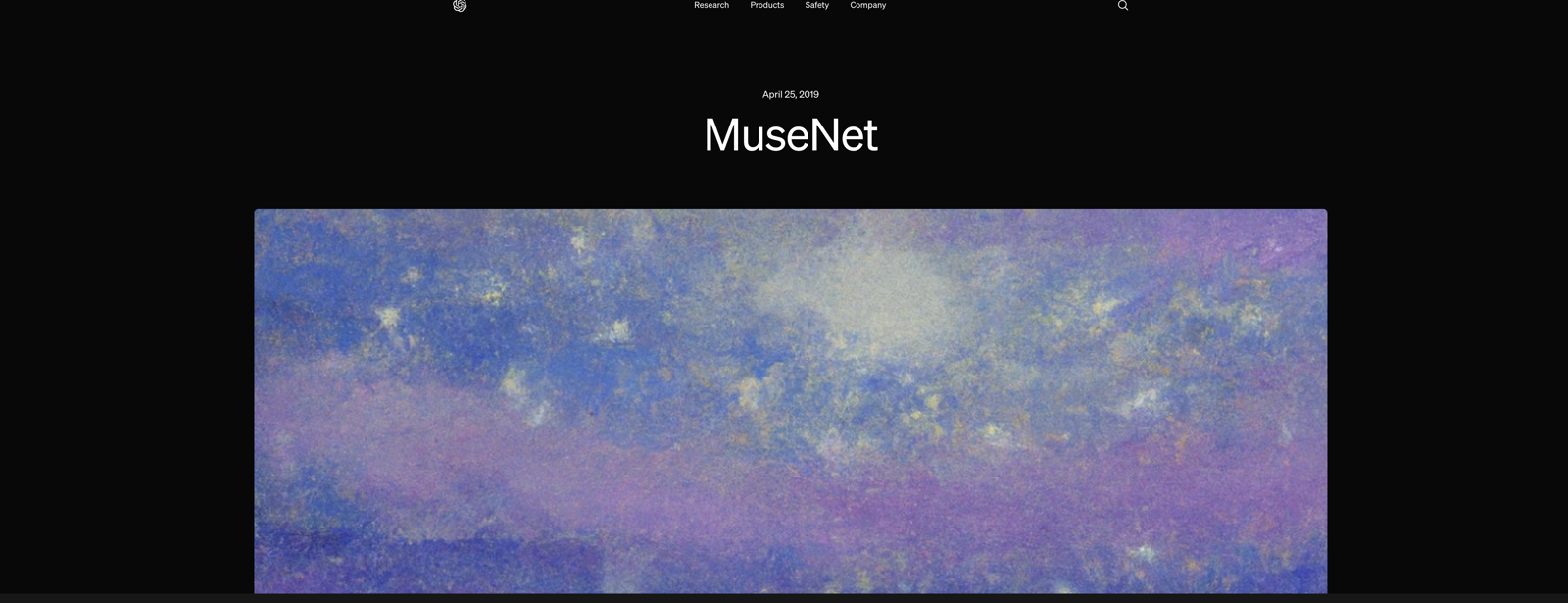
 1409
1409 1263
1263 795
795 57
57 1791
1791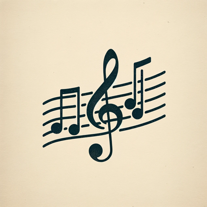 1781
1781 16
16 14
14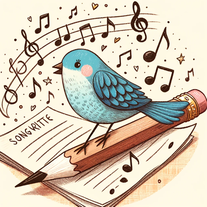 13
13 1218
1218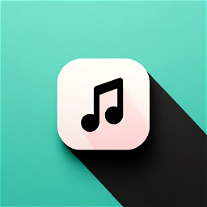 12122
12122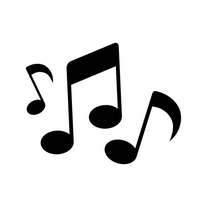 12172
12172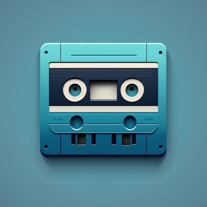 12263
12263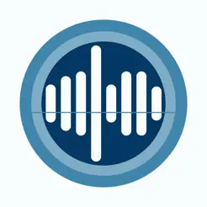 12
12
